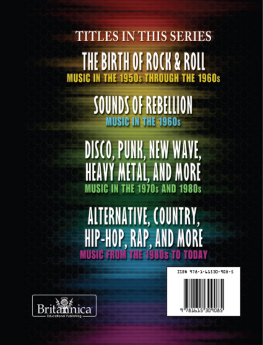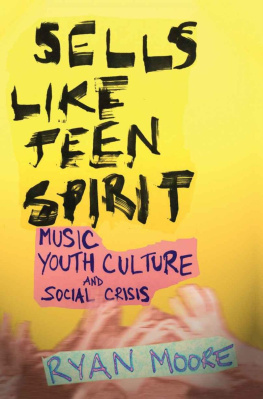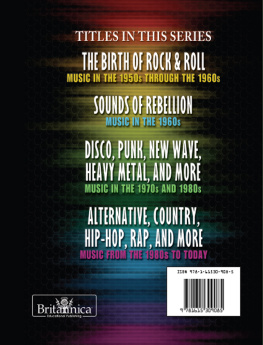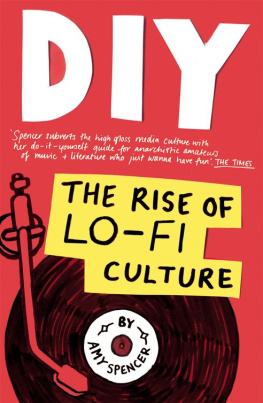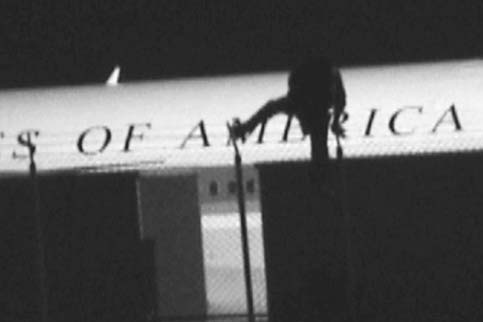
Droga5
The CIA calls it blowback. Blowback refers to the unintended consequences of, or reactions to, covert government operations around the world. Of course, civilian populations are often kept in the dark about their government's murkier maneuvers, so when blowback happens, it's hard to put it in context. This is a story of blowback we see every day, the hallmark of a turf war that has raged for centuries between the establishment and a secretive, loose-knit network that doesn't like the top-down, one-way flow of information in public places.
This blowback goes down, hidden in plain sight. Its fighters step up for a variety of reasons. Here's one, for example. A young man with dark hair, moving through the bustle of the city streets, which are more crowded than usual because of a parade currently in full swing. His target is dead ahead, the Secret Service car he has been following. He's disguised as a messenger, so nobody notices as he slips through the revelers and approaches the motorcade. The car is a sitting duck.
His weapon, concealed in his hand, is highly specialized: all-plastic, compact, and accurate to thirty millimeters. Until now you would never have thought of this item as a weapon at all. But this man will soon become a martyr, and thanks to his efforts, the device he's holding will become considered so dangerous, the police will immediately arrest anyone caught buying, selling, or carrying one. But at this particular moment, the city has no idea what's about to hit it.
Sometime later, in Maryland, a second operative and his team move into position under cover of night. He turns and looks at his men, shrouded in hooded clothing and armed with night vision. This never happened, he whispers. They scale a fence and begin to move across a golf course just south of Andrews Air Force Base. They strafe through the shadows toward a landing strip where the team abruptly skids to a halt, ducking into the darkness. Through the barbed wire, on the floodlit tarmac, they can see their target: Air Force One, the president of the United States's private jet and mobile White House.
A soldier with a sniffer dog patrols the perimeter of the base, heading back to the main hangar. Two more soldiers chat at a sentry post nearby. All the while, the hooded agents lurk undetected. Their cameras scan across the base, capturing every movement. In their backpacks are their own highly pressurized weaponsaluminum-encased tools similar to the one held by the operative in the city. These, however, are ten times more powerful.
They wait.
Meanwhile, back in the city, the messenger marksman is bearing down on his prey. He doesn't hear the crowd around him; his blood is pumping too loudly to notice the flags, the bright colors, the children yelling for cotton candy.
He draws his weapon, carves mercilessly into the side of the Secret Service car, and in a flash, he's done. He's already melted back into the crowd when the first of the bystanders notices the damage. Unable to make sense of the event, no one yet sees the coded message scrawled on the side of the car as blowback, a declaration of war that will consume first the city, then the planet. All they see is four letters and three numbers. What the hell is TAKI 183?
It's 1971. The city is New York. The graffiti war has just begun.
Fast-forward thirty-five years and we're again at the air force base, where the coast is now clear. The second unit springs into action. Two of the men dash forward, tearing across the green, heading for the twin perimeter fences. The third, the eyes and ears of the operation, holds position. He watches as the others lacerate an entry point in the outer fence and pull themselves onto the roof of an outhouse next to the inner security fence at the edge of the golf course.
A military police car rolls by. The agents freeze.
It trundles past slowly and moves on. They breathe out.
Once the car is out of sight, they launch themselves into the air, clearing the razor wire and tumbling onto the tarmac. Darting across the landing strip unobserved by the guards, they split in different directions. One ducks behind the aircraft's landing gear, his heart racing as he keeps watch on the sentries in the distance, his head-mounted camera filming the whole thing. The other assailant slides into position, crouching below the huge twin turbines hanging from the vessel's left wing. Reaching into his backpack, he grabs the pressurized canister and takes aim. The silhouette of his arm reaches up from the darkness toward the plane. He pulls the trigger: black paint hisses from the cylinder and hits the jet engine's bodywork, transforming the ultimate symbol of presidential power into yet another vandalized government vehicle.
The agent stationed back on the golf course moves closer, crouching on the grass, zooming in on the ink meandering across the plane's box-fresh exterior. Later the film will fly around the Internet, downloaded countless times, along with a videotaped speech made by the guerrilla artist with the spray can currently defacing Air Force One.
The president can't fly around the world like a rock star, talking about how America is the greatest country in the world, but ignore what makes it great, the tagger explains in the tape. There are thousands of kids like me whose voices are being illegally suppressed Ignorant politicians continue to enact laws targeted at one of the most recognized art forms I'm advocating everyone's right to free speech I also refuse to live in fear; I have a different view of the American dream.
Graffiti is the blowback from centuries of advertising and the privatization of common spaces, which has armed corporations with new branding tools as much as it encouraged people to counteract these intrusions. This blowback inspired amazing new technologies, caused us to rethink how the organizations and public spaces we create should best serve us, as opposed to us serving them, pointing us in the direction of a revitalized dream that is no longer just American but truly global.
Mission accomplished, the taggers escape into the night, leaving their message, the blowback from three decades of war over public space, sprayed across the jet engine's hull. Some call it vandalism, but at its heart there is art, making sure we are, as the statement dripping down the fuselage of the president's plane reads:
STILL FREE
So What Was TAKI 183?
This question played on the minds of many New Yorkers when these strange markings began to appear in 1970, until The New York Times on July 21, 1971, uncovered the mystery with this headline: TAKI 183 SPAWNS PEN PALS. The paper exposed TAKI 183 as a seventeenyear-old kid named Demetrius from 183rd Street. Inspired by a Puerto Rican gang member who scribbled JULIO 204 (guess which street JULIO lived on?) a few blocks away, TAKI began hitting up lampposts, ice cream trucks, and everything else in his neighborhood with a marker pen.
TAKI became famous not because he was a graffiti writerhe was far from the firstbut because he was one of the first to go all city. When TAKI took a job as a messenger, he found himself traveling all over the five boroughs of the city, sometimes even to New Jersey, Connecticut, and upstate New York, and he began scribbling his tag everywhere he went. And as TAKI was bombing the city, people were noticing. In the following years, legions of kids hungry for fame armed themselves with paint and pens. They tagged their names and street numbers the way we now write hotmail addresses, coloring in the entire metropolis in a bid for status.


